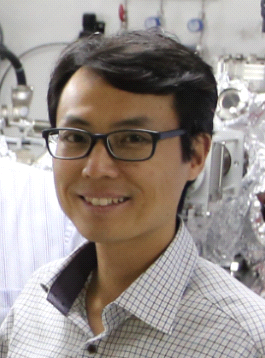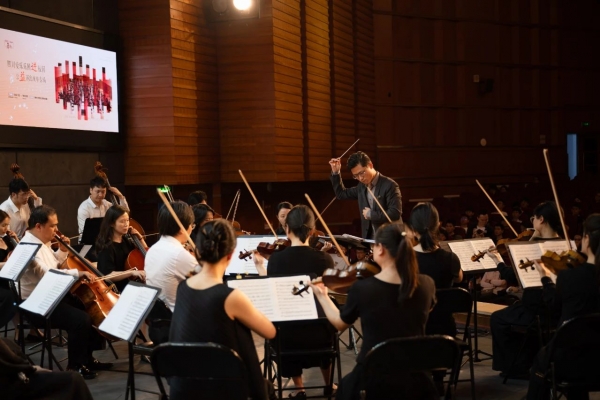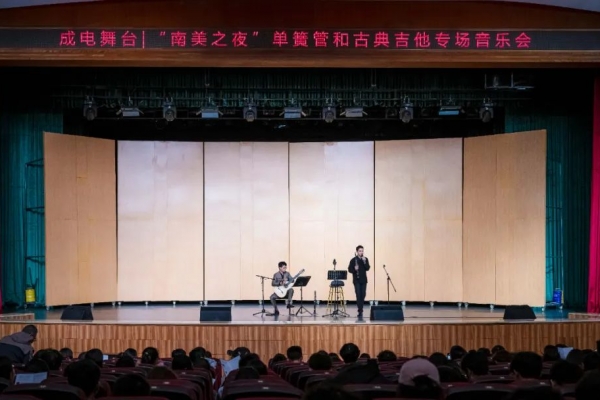即可将网页分享至朋友圈
由电子科学与工程学院主办的“电子论坛”第66期邀请到新加坡国立大学的Hyunsoo Yang教授,与我校师生共同探讨材料中电子自旋与轨道自由度在新型存储技术和太赫兹技术中的应用。具体安排如下,欢迎感兴趣的师生参加。
主 题:Spin-Orbit Technologies: From Magnetic Memory to Terahertz Generation
主讲人:Hyunsoo Yang (Department of Electrical and Computer Engineering, National University of Singapore, Singapore)
时 间:2019年4月22日(周一)9:15-10:15
地 点:清水河校区五号科研楼402
内容简介:
Spintronic devices utilize an electric current to alter the state of a magnetic material and thus find great applications in magnetic memory. Over the last decade, spintronic research has focused largely on techniques based on spin-orbit coupling, such as spin-orbit torques (SOTs), to alter the magnetic state. The phenomenon of spin-orbit coupling in magnetic heterostructures was also recently used to generate terahertz emission and thus bridge the gap between spintronics and optoelectronics research.
I will introduce the basic concepts of SOTs, such as their physical origin, the effect of SOTs on a magnetic material, and how to quantitatively measure this effect. Next, I will discuss the latest trends in SOT research, such as the exploration of novel material systems like topological insulators and two-dimensional materials to improve the operation efficiency [2,3]. Following this, some of the technical challenges in SOT-based magnetic memory will be highlighted [3]. Moving forward, I will introduce the process of terahertz generation in magnetic heterostructures [4], where the spin-orbit coupling phenomenon plays a dominant role. I will discuss the details of how this terahertz emission process can be extended to novel material systems such as ferrimagnets [5] and topological materials [6]. The final section will focus on how the terahertz generation process can be used to measure SOTs in magnetic heterostructures, thus highlighting the interrelation between terahertz generation and the SOTs, which are linked by the underlying spin-orbit coupling.
主讲人简介:

Hunsoo Yang obtained the bachelor’s degree from Seoul National University and the PhD degree from Stanford University. He worked at C&S Technology, Seoul; LG Electronics, San Jose, CA; and Intelligent Fiber Optic Systems, Sunnyvale, CA, USA. From 2004 to 2007, he was at the IBM-Stanford Spintronic Science and Applications Center, IBM Almaden Research Center. He is currently a GlobalFoundries chaired associate professor in the Department of Electrical and Computer Engineering, National University of Singapore, working on various magnetic materials and devices for spintronics applications. He has authored 170 journal articles, given 100 invited presentations, and holds 15 patents. Prof. Yang was a recipient of the Outstanding Dissertation Award for 2006 from the American Physical Society’s Topical Group on Magnetism and Its Applications and the IEEE Magnetic Society Distinguished Lecturer for 2019.
电子科学与工程学院
2019年4月16日
编辑:王晓刚 / 审核:王晓刚 / 发布:陈伟


